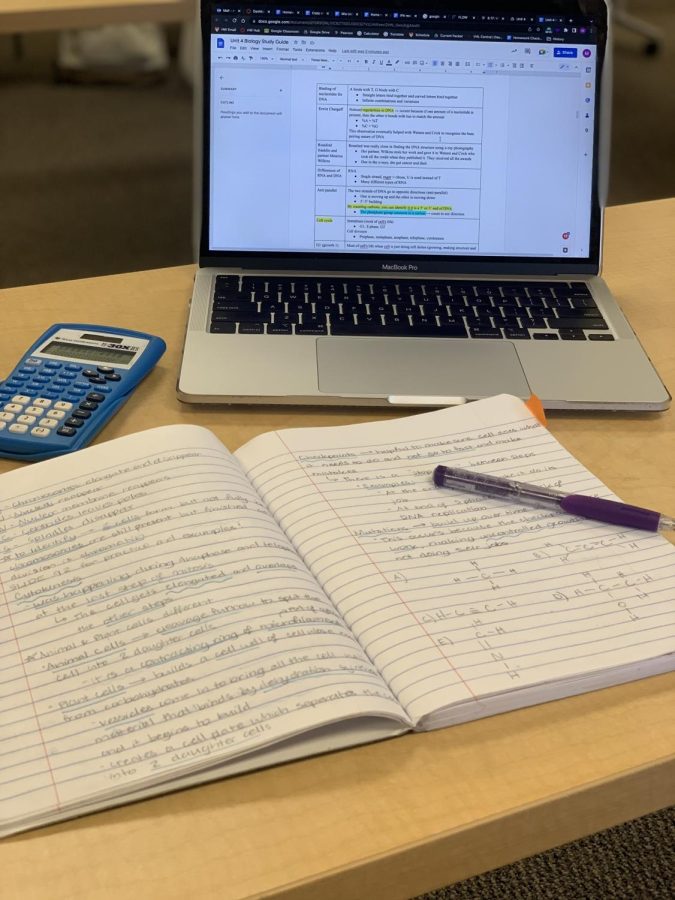One action by Governor Gavin Newsom protected the lives of 737 people on California’s death row, designating they stay in prison rather than be executed. Newsom halted any further actions of capital punishment, or the death penalty, in our state. Though this argument is complex, conversations are finally taking place to rewrite and reconsidered our outdated ideals as to what a life on death row deserves. There is such a variety in cases that are put under the scrutiny of the death penalty that are overlooked and ultimately mishandled resulting in terrible consequences.
Newsom said, according to the Los Angeles Times, “The intentional killing of another person is wrong. And as governor, I will not oversee the execution of any individual.”
The California Governor forces us to ask: Do we not put ourselves in the same position as those who are on death row if we choose whether they live or die as they chose for someone else? For years, America has been putting people to death with little care about how that reflects our country’s character and morals with no change in the policies that are to blame.
For those who have been keeping up with California’s executions, this was an inevitable decision as we haven’t executed anyone in over a decade. California last executed Clarence Ray Allen – a 76 year old, legally blind, diabetic man in a wheelchair – on Jan. 17, 2006, over 13 years ago. In the past 40 years, the state has executed 13 people at an estimated cost of $4 billion. In the year 2000 alone, Texas executed 40 people, which shows the effect that political views often have on procedures like the death penalty in our country.
People on death row go through a variety of hurdles to avoid being executed. First, they meet with their lawyers to challenge their conviction and/or the severity of the sentence. Once that process has begun, it significantly delays when the execution can take place. Now, the “criminal” goes to either the state trial court or the appellate court depending on their conviction. If they then receive an unsatisfactory result, they continue to appeal at various appellate courts until they reach the supreme court of the United States. Prisoners can wait 11-15 years before even being appointed counsel and the entire appeal process routinely takes 20-25 years and is a large expense.
Recently, Christopher Price, an inmate on death row, appealed his case to the Supreme Court because he alleged he is allergic to a chemical in the lethal injection that would be used to kill him. He was thus advocating for a different form of an injection that uses nitrogen hypoxia. The justices ruled 5-4 that the Constitution does not guarantee a painless death. He was scheduled for his crime of a sword and dagger stabbing of an Alabama minister in 1991. His April 11 execution was ultimately stayed due to emergency by his lawyers.There is an overarching feeling of cruel and unusual punishment here. Since we are already killing this man, it isn’t right to add to his already ultimate sentence. This, once again, shows that changes that need to be made within the code itself to prevent these rulings from taking place.
Innocence is another scenario that shows the death penalty for what it truly is — anything but straightforward. A person could go through the entire court system before it was too late to find that the person was innocent. There have historically been many cases where an innocent person has been executed due to a variety of reasons including, unaccountable witnesses, foul play and misjudgment and mishandling of the case by the defense attorney, prosecutor, the judge or the jury. It shouldn’t be possible for our country to take an innocent life due to the death penalty. This should be considered another red flag for our government to see the change that needs to take place in the basic structure of how the death penalty is used. For example, many states have the Felony Murder Rule, which states that if one person in a group kills someone with or without the consent or knowledge of the other members of the party, all members can still be sentenced to death. This is another example where people who are innocent of the particular crime are punished as though, after a single mistake, what happens to their life doesn’t matter. These cases show another form of unforeseen faults in our system of conviction for people on death row. You can revert a sentence but not a life.
The people who end up on death row could have done a number of things. There are 41 capital offenses in total that are punishable by death in the US. Some examples are: destruction of aircraft, motor vehicles, or related facilities resulting in death, murder committed during a drug-related drive by shooting, civil rights offenses resulting in death, genocide, espionage, and murder during a kidnapping just to name a few. But, this powerful code hasn’t been revised to today’s society standards. The first crime listed on the US federal government’s list of capital offenses is “Murder related to the smuggling of aliens.” This document is so outdated that it refers to immigrants in the derogatory term aliens. This reveals more holes in the powerful system putting people to death.
So, what is the death penalty really for? This punishment seems to create more chaos than stability. To contradict common belief, study shows the death penalty is not a deterrent whatsoever for crime. In fact, states with the death penalty have more crimes than states without it. If it’s not a deterrent, stabilizer, important cause for our money to go to, or something that establishes values of our country, then what is its purpose in it? This judgment truly embodies a killer. The way the law is currently drafted, there is no flexibility or special justifications in times it’s necessary, there has been no change in its code in over a century, and it pulls us towards the side of darkness and further from our definition of justice. We’ve denied what our history has consistently proven: when it comes to the death penalty, we were the killers. This irreversible action seems to have a ripple effect on our entire country perspective as to what the death penalty should be. From a 150 million dollars a year to preserve the lives of people on death row; To the one in 100 people who are executed even though they are innocent; we show in many ways that we do not deserve this kind of power. This god-like ability is too much for any group of people or person to be able to control or bear. This has changed the value of human life. Though the mistakes made by these criminals are anything but small, we see their deaths as nothing. I thought that we believe that life was precious. If that were true this kind of code would not exist. There must be a change. Not by a singular entity but by all of our citizens for a better future. So, just as we’ve seen the mistakes that these convicts have made, can we acknowledge our own and make this change. Let’s do what’s right and make sure justice prevails and a life is treated as it should be: valuable and timeless. Although more deaths due to the death penalty was “is” the circumstance, the people of the United States are finally opening a long overdue discussion about the death penalty and, as we saw in California, at least we know can make any form of change. Let’s bring humanity back to the forefront and get rid of the death penalty.








